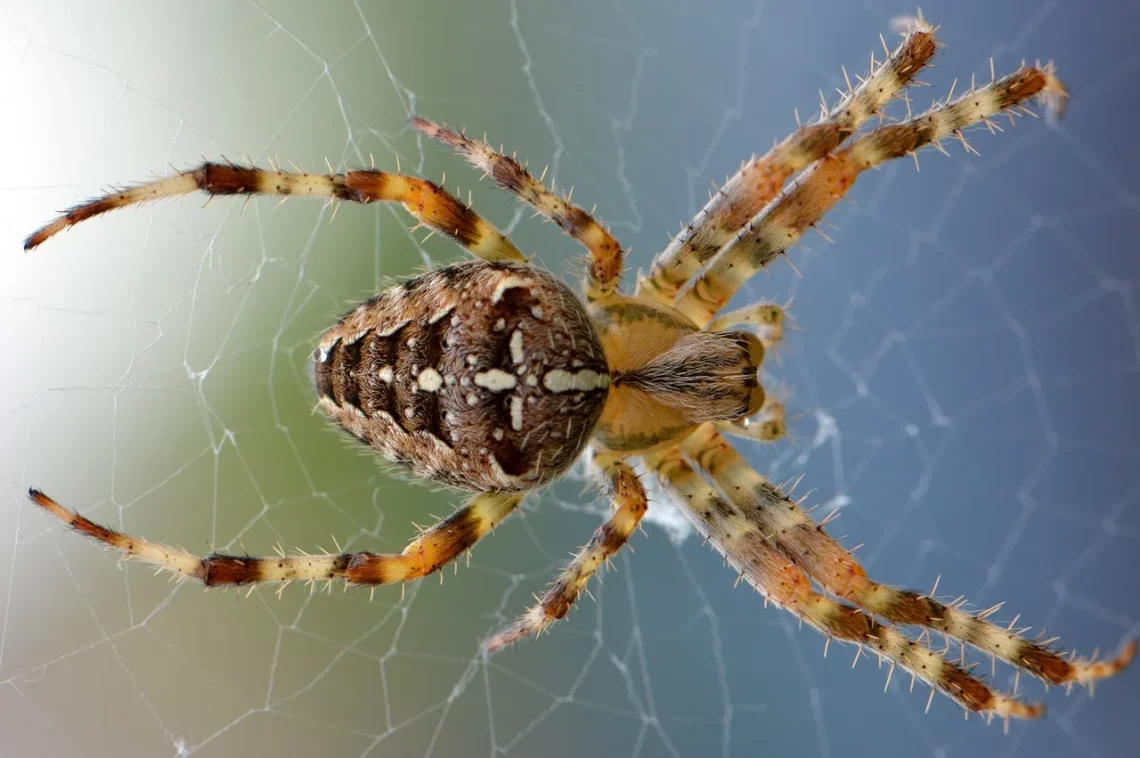
Identifying the Largish Brown Spider with Black Stripe in Tennessee
Identifying the Largish Brown Spider with Black Stripe in Tennessee
When exploring the diverse ecosystems of Tennessee, one might encounter a variety of spider species that contribute to the natural balance. Among these arachnids, the largish brown spider with a black stripe stands out due to its distinctive appearance and common presence in both urban and rural settings. Spiders play a crucial role in controlling insect populations, making them beneficial to the environment. However, some individuals may feel apprehensive about encountering spiders, especially those that are unfamiliar.
Understanding these creatures, their habitats, and behaviors can significantly reduce unnecessary fears and misconceptions. This article aims to delve into the specifics of identifying this particular spider, discussing its characteristics, behaviors, and ecological significance. By gaining knowledge about this spider, residents and visitors of Tennessee can appreciate the role it plays in the local ecosystem while also learning how to coexist safely with such fascinating creatures.
Recognizing the Key Characteristics
To identify the largish brown spider with a black stripe, one must focus on several defining physical features. Typically, this spider exhibits a robust body that can range in size, giving it a “largish” appearance compared to other common spiders in the region. The predominant brown coloration serves as a form of camouflage, helping it blend into its natural surroundings, such as tree bark, soil, or leaf litter.
A prominent feature of this spider is the black stripe that runs along its dorsal side. This stripe can vary in thickness and may appear more pronounced in certain lighting conditions. Observers often note the spider’s long legs, which are also brown but may have darker markings. These adaptations not only assist in camouflage but also allow for agility when navigating through its environment.
The eyes of the spider are another distinguishing characteristic. It typically has eight eyes arranged in a pattern that can help differentiate it from other species. The arrangement of these eyes can be critical for accurate identification, especially when observing the spider from a distance.
Additionally, the body shape can provide clues. This spider tends to have a more oval-shaped abdomen, which is distinct from other common spiders with more elongated or bulbous forms. The combination of these traits—the overall size, coloration, striping, leg length, and eye arrangement—creates a unique profile for identification purposes.
Understanding Habitat Preferences
The habitat of the largish brown spider with a black stripe is quite diverse, reflecting its adaptability to various environments. Typically, these spiders are found in wooded areas, gardens, and around homes, particularly in places that provide ample cover. They prefer locations with plenty of ground debris, such as leaf litter, where they can hide from predators and ambush prey.
In urban settings, these spiders often inhabit basements, garages, and sheds. Their ability to thrive in both natural and human-altered environments makes them a common sight for many Tennessee residents. The presence of moisture is crucial for their survival, so they are frequently found near sources of water, such as ponds or streams, where humidity levels are higher.
Understanding the preferred habitat of this spider can aid in effective identification. For instance, if you spot a largish brown spider with a black stripe in a garden or near a water source, it is likely one of these species.
Moreover, seasonal changes can impact their visibility and behavior. During warmer months, they become more active, often seen hunting or building webs. In the cooler months, they may retreat into sheltered areas, making sightings less frequent. Awareness of these seasonal patterns can enhance your chances of spotting and identifying this spider.
Behavior and Diet
The behavior of the largish brown spider with a black stripe is fascinating and reflects its role within the ecosystem. These spiders are primarily nocturnal, becoming active at night when they hunt for food. They are skilled predators, primarily feeding on insects, which helps regulate pest populations in their habitats. Their diet may include a variety of insects, such as flies, beetles, and even other spiders.
Hunting techniques can vary among individuals. Some may use webs to trap their prey, while others may actively hunt down insects using stealth and speed. This adaptable feeding strategy allows them to thrive in various environments and ensures they can find enough food regardless of the conditions.
Interestingly, while they are effective hunters, these spiders are also preyed upon by larger animals, including birds and other predators. This predator-prey dynamic is vital for maintaining the ecological balance in their habitats.
In terms of reproduction, these spiders engage in courtship rituals that can be quite intricate. Males often display specific behaviors to attract females, which can include vibrational signals or physical displays. After mating, females will lay eggs in protective sacs, ensuring the next generation has the best chance of survival.
Understanding the behavior and diet of the largish brown spider with a black stripe not only enhances identification but also sheds light on its ecological importance. By controlling insect populations, these spiders contribute to the health of the ecosystems in which they reside.
Safety and Coexistence
While many people may fear spiders, it is essential to recognize that the largish brown spider with a black stripe poses little threat to humans. Most spiders are non-aggressive and will only bite when they feel threatened. In Tennessee, encounters with this spider are usually harmless, and they prefer to avoid humans whenever possible.
To coexist safely with these spiders, it is beneficial to adopt certain practices. Keeping homes and gardens tidy can help minimize spider habitats. Sealing cracks and crevices around the home can prevent these spiders from entering living spaces. Additionally, using natural repellents or allowing for the presence of beneficial insects can create an environment where spiders can thrive without becoming a nuisance.
If a spider is encountered indoors, it can often be safely relocated outside rather than killed. Utilizing a jar or a cup to gently trap the spider and then releasing it in a suitable outdoor location can help maintain the ecological balance while alleviating any fears.
Educating oneself and others about the role of spiders in the ecosystem can also foster a more positive attitude toward these creatures. By understanding their benefits, including pest control and biodiversity support, communities can work towards coexistence rather than conflict.
In conclusion, while many may find spiders unsettling, recognizing the significance of the largish brown spider with a black stripe can lead to a greater appreciation of nature’s balance. Embracing these creatures as part of the environment can enhance our understanding and respect for the natural world.
**Disclaimer:** This article is not intended as medical advice. If you have health concerns or experience adverse reactions to spider bites, please consult a medical professional.




